PRESERVING A MILITARY LEGACY FOR FUTURE GENERATIONS
The following Reflections represents SP5 Paul H. Wetherington’s legacy of his military service from 1965-1969. If you are a Veteran, consider preserving a record of your own military service, including your memories and photographs, on Togetherweserved.com (TWS), the leading archive of living military history. The following Service Reflections is an easy-to-complete self-interview, located on your TWS Military Service Page, which enables you to remember key people and events from your military service and the impact they made on your life. Start recording your own Military Memories HERE.
Please describe who or what influenced your decision to join the Army?

My full name is Paul Herring Wetherington. When I was born on July 15, 1944, my mother named me after her brother, 1st Lt. Paul Herring, who had been MIA for three months in Europe. Uncle Paul was the pilot of a B-17G bomber, and he and his crew were shot down over Belgium while returning from a bombing mission in Berlin, Germany. It was their 15th mission. All of the crew were successful in bailing out; all were picked up by the Belgian underground, and all survived the war. As a 10-year-old, I had a B-17G hanging from my ceiling. He, of course, is my hero, and he greatly influenced my decision to join the Army in 1965 and interrupt my 3rd year in college. I am adding a photo of Uncle Paul and his crew (he is in the front left). They are in front of the B-17G, where they flew 14 of their missions. It received battle damage on its 14th mission, which was ironically to the vertical tail fin. I say this because the nickname of the aircraft was “Iron Ass.” They had to borrow a B-17 named “Mischief Maker II” for their 15th mission. Our Project Left Bank pilots in Vietnam always seemed to enjoy hearing me talk about my Uncle Paul. Maybe they thought having me as a crewman in the helicopter would also bring us luck. Truth be known, I believe it was more serious praying by our families back home than pure luck.
Whether you were in the service for several years or as a career, please describe the direction or path you took. Where did you go to basic training, and what units, bases, or squadrons were you assigned to? What was your reason for leaving?

I first attempted to be accepted into the Warrant Officer Rotary Wing flight program. Still, I did not pass the depth perception test, so I initially joined the ASA, being told I could later be re-examined for flight school. So, I joined the Army Security Agency, which required an FBI background check for a top-secret clearance. I joined the Army in Dodge County, Georgia, and processed in at Atlanta. From there, I went to Ft. Jackson, S.C., for basic training. After basic training, I went to Ft. Devens, Mass., for training as a Morse code intercept operator and received the MOS of 05H20. My first duty assignment was the 51st USASA SOC at Torii Station, Okinawa, where the primary mission was to intercept military Morse code messages coming out of mainland China during the Cultural Revolution. I was stationed there for 2 years, and while there, I joined the Kadena Aero Club and took private flying lessons. After leaving Okinawa, I was sent to my next duty station at the 202nd ASA Company at Ft. Hood, TX., which was attached to the 1st Armored Division, where we were taught how to operate the M-113 Armored Personnel Carrier or APC. While home on leave, I took more private pilot lessons and got my FAA Private Pilot’s License before getting my next duty assignment.
I received these lessons from an old crop duster pilot named Red Curtis at the Cochran Air Service. I was only there about 4 months before receiving orders to go to Vietnam to the 8th Radio Research Field Station. It was located in northern I Corps in the town of Phu Bai, which was between Hue and Danang. I was only at the 8th RRFS for about 2 months when I was in the operations building. (see picture) sitting at my workstation with about a dozen other workstations when the staff sergeant at the front of the room asked for our attention. He announced that volunteers were needed at the 371st Radio Research Company, which was attached to the 1st Air Cav. Division. He said volunteers needed to be on flight status to be a part of Project Left Bank, which had special code intercept equipment and direction-finding antennas on specially equipped UH-1 Huey helicopters. Volunteers would earn an extra $100 per month in flight pay. He asked anyone interested to please raise their hand. No one raised their hand. I noticed that sitting next to the Staff Sergeant was SP 5 Larry Cox, whom I served with in Okinawa. So, in front of everyone, Larry said, “Wetherington, you applied for helicopter flight school when we were on Okinawa, and you didn’t get accepted; this would be your chance to get to fly in helicopters. Don’t you want to volunteer?” So, I said yes. The 371st was the last unit I was assigned until I completed my 4 years in the Regular Army. If I were to see Larry again, I would thank him for helping me to get out of my comfort zone. Being assigned to the 371st RRC, Project Left Bank, and the 1st Air Cav was the best thing that happened to me in the Army.
If you participated in any military operations, including combat, humanitarian, and peacekeeping operations, please describe those that made a lasting impact on you and, if life-changing, in what way?

In a couple of days of volunteering for transfer from the 8th to the 371st Radio Research Company, my two other volunteers and I were at our new duty station. The first thing First Sergeant Smith had us do was to go to the 1st Cav Flight Surgeon to see if we were physically fit to apply for crew member flight orders, which had to be issued from Arlington, Virginia. Of the 3 of us, SP 5 Harry Snyder and I were the only two qualified. Although it took about a month for the flight orders to return, we were allowed to go ahead and begin flying missions on an OJT (on-the-job training) status. In mid-June 1968, during Operation Jeb Stuart III, SP 5 Harry Snyder was in the left operator’s seat on our first mission. I was on the right, with our experienced instructors sitting on the bench/pocket seats behind us, SP 5 William (Bill) Beasy on the right, and SP 5 W.T. “Easy” Walker on the left. I remember Capt. Ben Breedlove was in the right pilot’s seat, but I can’t remember who the pilot was in the navigator’s seat. Not very far north of Camp Evans, we were able to get a triangulation (the military called it a “fix”) on a North Vietnamese Army radio transmitter (probably the 812th NVA Regiment). It was not considered standard operating procedure (at least not at that time) to fly directly over the target, but rather to take the necessary 3 line bearings required to plot a fix and then radio (via scrambler) the location back to our unit and then move on to intercept another target. But our instructors apparently wanted to make this mission a “baptism of fire” for us trainees. So, our pilots put our Huey in a circling pattern around the target, keeping it on our right, gradually tightening the circle, and descending to about 200 ft. above the ground. By then, Beasy and Walker had pulled the side doors back. I had never fired the M-16 rifle on fully automatic before, so Beasy pointed to a large tree which seemed to be near the center of where we were circling and told me to open fire. When I did, the muzzle started raising toward the rotor blades, and Beasy grabbed the barrel and jerked down on it. So, that was one of the valuable things I learned from the start.
While in the 371st RRC, I was involved in providing military intelligence for five operations that the 1st Air Cav took part in. The first of these was Operation Jeb Stuart III. I have already provided a remembrance for this in the Operations part of my Profile page. To read this, you can go to it and click on Jeb Stuart III. Next, click on “Memories” and also click on “People you remember.” (to be continued).
Did you encounter any situation during your military service when you believed there was a possibility you might not survive? if so, please describe what happened and what was the outcome.
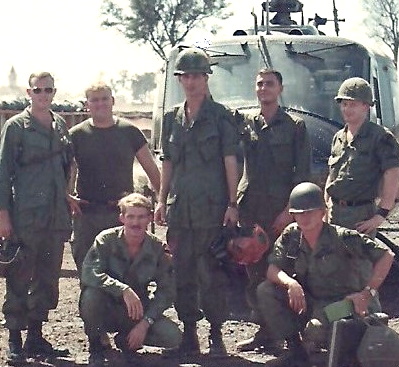
One of the hazards of flying during the Vietnam War was the possibility of having a mid-air collision with another helicopter or a fixed-wing plane. The first one for me as a crewman occurred in the Fall of 1968 in Quang Tri Province in I Corps when a lone USAF F-105 almost hit us while we were flying one of our spy missions out of Camp Evans, and he was returning out of North Vietnam from a bombing mission and flying along the Annamite Mountain Range that led down to Danang Air Base.
The second one occurred in early February 1969, near the end of my tour as well as the end of my 4-year enlistment, when the 1st Cav base camp was located at Phuoc Vinh, which was in III Corps. I only had about 2 weeks left before processing out of country when I was asked if I wanted to go along on a flight to Tay Ninh to pick up some supplies. This UH-1 Huey we were taking had all of the spy equipment removed, so it was all open space where Crew Chief SP-5 Wilbur and I sat; he was in the right pocket seat, and I was on the left. I originally joined the Army to go into the Warrant Officer Flight Program, but couldn’t pass the depth perception test, so I joined the ASA.
Tay Ninh was a big aircraft maintenance base and was about 60 miles west of Phuoc Vinh. We arrived there about midday and departed about mid-afternoon with our supplies, and the doors pulled back. Our pilots knew I had wanted to go to flight school and that I had even gotten my fixed-wing private pilot’s license just before getting orders to go to Vietnam, so they didn’t seem to mind if I looked over their shoulder; I was not strapped in but had moved out of my pocket seat and was standing (slightly stooped over) behind and between the two pilot’s seats. I was wearing my flight helmet and plugged into the intercom system.
It was a very clear day, about midway through our eastward flight home. It was so clear that I could even make out Phuoc Vinh about 30 miles ahead as a light shade of green with dark green jungle around it. Phuoc Vinh airstrip ran north to south, and I could barely see a tiny silver speck departing the north end of the airstrip. In a few moments, I could tell the aircraft had turned left toward us, and something told me I had better keep my eyes on it. In about a minute, I could see what it was and told the pilots there was a Caribou (ASAF C-7 twin-engine transport plane) about 5 miles away, and it was climbing toward us. My line of sight was about a foot higher than theirs, and they said they couldn’t see it. When the Caribou was about 2 miles away from us, I said, “Mr. Wilson, would you please raise up and look over the nose because we are about 10 seconds from colliding head-on with them.” So, WO-1 Tim Wilson rose up from his seat, looked over the nose, and shouted, “I’ve got it!” as he took the controls from Maj Nolan E. Lee. He put our Huey in such a hard right turn that I thought he might break the rotor blades off. But it was what he had to do to avoid a mid-air collision. We were flying east, and the Caribou was flying west, so we were coming out of the afternoon sun, and I’m not sure they ever saw us.
After this experience, I decided not to stay in the military but to go back to college on the G.I. Bill and pursue a career using my God-given talent for drawing, which ended up being architecture school at Auburn University.
Of all your duty stations or assignments, which one do you have fondest memories of and why? Which was your least favorite?
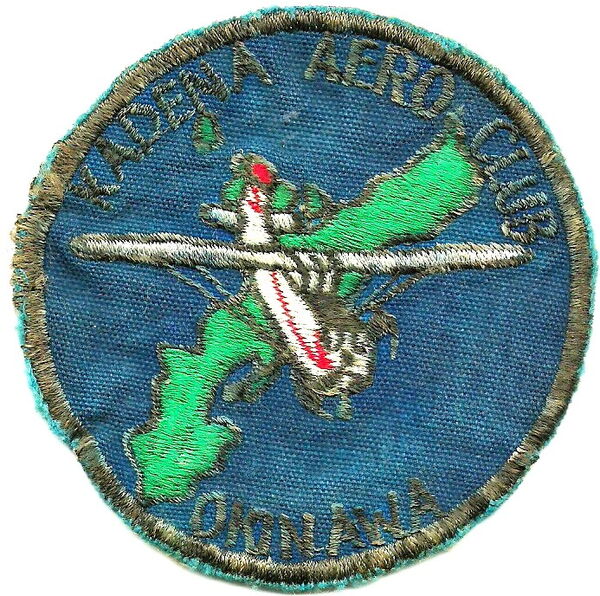
I have fond memories of all of my assignments. Some were good, and some were not, but there were things to be learned from both. I would not take anything for all of my military experiences. The most fun I had was taking private flying lessons at the Kadena Aero Club at the old Yomitan airfield near my duty assignment at Torii Station, Okinawa.
From your entire military service, describe any memories you still reflect back on to this day.
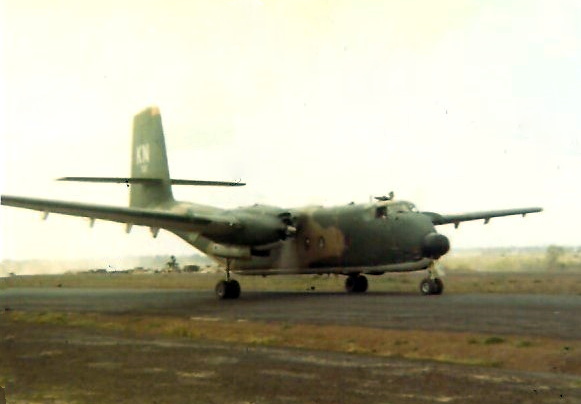
The memory of the near-miss between our Huey and the Caribou at about 3000 ft. between Phuoc Vinh and Tay Ninh is one that reoccurs often. It was only by the grace of God that we all survived that close call with death.
What professional achievements are you most proud of from your military career?
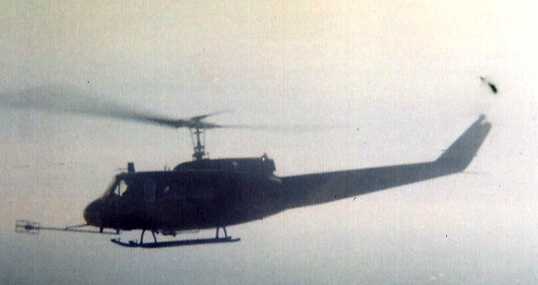
Being on crew member flight status as a 05H2D Morse Code Intercept and Direction Finder for Project Left Bank with the 371st Radio Research Company, 1st Air Cav in Vietnam, was one of the military achievements I am most proud of. The other achievement occurred on October 28, 1968, in Operation Liberty Canyon when Gen. Abrams had the 1st Air Cav move from Camp Evans in I Corps to Phuoc Vinh in II Corps myself and one other Left Bank operator were the only two people from our unit selected to fly down by helicopter with the “advance party.” The rest of the 371st was moved by ship and arrived 15 days later. SP 5 Snyder and I, along with our pilots, began locating NVA/VC transmitters within two days.
Of all the medals, awards, formal presentations, qualification badges you received, or other memorabilia, which one is the most meaningful to you and why?
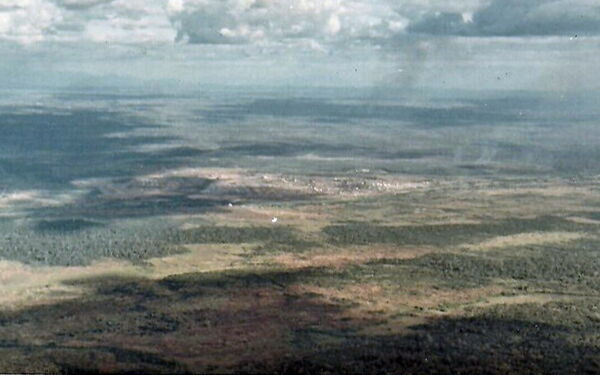
About a week after returning from Phuoc Vinh, Vietnam, I received a large envelope from the 371st RRC, which was orders for the Bronze Star Medal. I came home from Nam feeling that I had performed my duties with the unit to the best of my ability, and it was reassuring to know that those in command felt the same way.
Which individual(s) from your time in the military stand out as having the most positive impact on you and why?
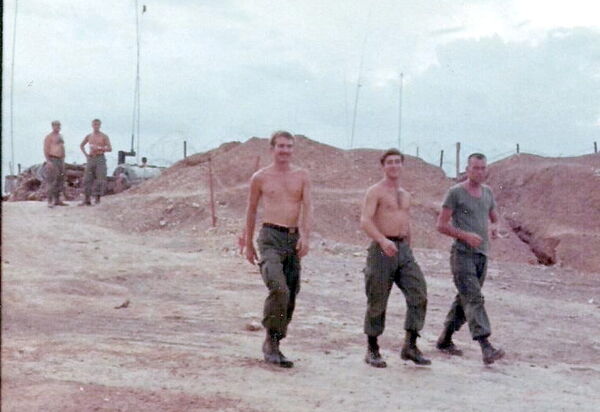
When I was in Vietnam and joined the 371st RRC Project Left Bank in 1968, I was issued an M79 Grenade Launcher and a bandolier of grenades (for which I had received no training). It was around late July, and I was sitting on my cot with one of the approximately beer-can-diameter grenades in my hand, pitching it up in the air like you would a football, so it spiraled. William (Bill) Beasy, the SP5 I was replacing (my mentor), told me to stop! He said two soldiers with the 8th Cav. Regiment had recently been killed, pitching an M79 grenade back and forth until one of them dropped it, and it exploded. I have recently learned that their death is termed “Accidental Self Destruction.” He said that when you fire an M79 round that leaves the muzzle, it spirals. After so many revolutions, it automatically arms itself and will explode upon contact with anything. I asked him what I should do with the grenade I was pitching, and since our unit was on the perimeter of the basecamp, he told me to bring the grenade and M79, and we walked to a nearby guard bunker and got clearance to fire the grenade out to a nearby hillside where it exploded. Bill taught me this and many other valuable lessons that helped me survive the war.
List the names of old friends you served with, at which locations, and recount what you remember most about them. Indicate those you are already in touch with and those you would like to make contact with.
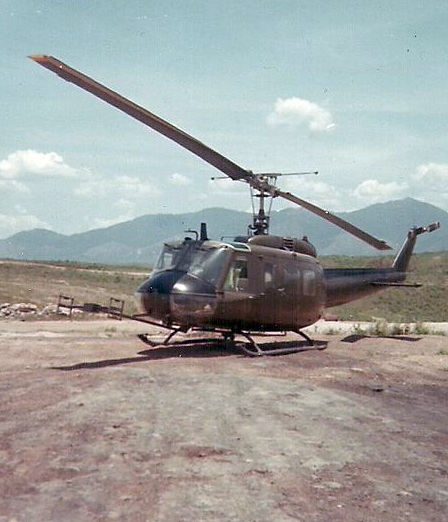
Around 20 years ago (2000), I talked to SP5 Nolen (Steve) Pendergrast, who was also a 05H2D Left Bank operator with the 371st Radio Research Co. (ASA) in 1968 and 1969, and he reminded me of his following experience, which occurred around August of 1968 in Northern I Corps. After returning to Camp Evans from a particular Left Bank mission, he came up to me and said, “Guess what we did today!” He went on to say we flew up to Quang Tri and picked up a CIA agent and flew him west past Khe Sanh, on across the Ho Chi Minh trail and some distance into Laos to a clearing in the jungle where we put him out, and he ran off into the jungle. He said he often wondered what happened to that guy. The CIA had its own aircraft, which were collectively known as “Air America” and were usually painted white or light gray. For this mission, the CIA must have thought that the olive-drab Army Huey would draw less attention. Both the CIA and ASA came under the NSA. In early January 202,1, I found Steve’s obituary. He passed away at about 65 of pancreatic cancer in a VA Center at Mountain Home, TN, on January 19, 2012. I was hoping to get him to join Together We Served. I remember him as a thoughtful and caring person.
Can you recount a particular incident from your service, which may or may not have been funny at the time, but still makes you laugh?
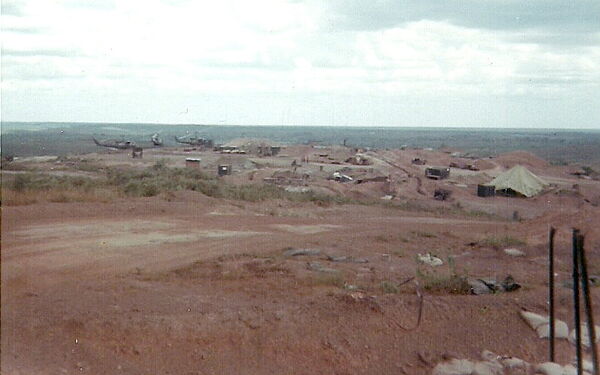
When three of us were sent up to the 371st from Phu Bai on June 1, ’68, the first person we met was 1st Sgt. Smith (aka “Big Buddha”). One memory of him that really sticks in my mind is of a special flight for an outgoing 1st Lt. I can’t remember his name, but he was well-liked by the company. This must have been July or early August because Left Bank operator SP5 Bill Beasy was getting “short” but still there. The Lt. was scheduled to be picked up by one of our Left Bank helicopters and flown down to Phu Bai. Bill wanted me to fly down with the Lt., with both of us sitting on the right side, me in the operator seat and the Lt. on the bench/pocket seat, with the doors pulled back. Bill handed me a red smoke grenade and said that when we took off from the 371st helo, the pilots would fly west a short distance toward the mountains, turn around, and fly back and make a low pass over the company area. He told me I was to hold the smoke grenade with my boot on the floor against the outside leg of our equipment console, and as we approached the perimeter, I was to pull the pin on the grenade, and we were to pass over the company streaming red smoke,e and there would be personnel who could wave farewell to the Lt. I can remember the pilot. Capt. Ben Breedlove told me to wait until after we passed over the company and had crossed the perimeter of the base camp before kicking the smoke grenade out the door. Well, as the old saying goes, things don’t always go according to plan. What Bill didn’t tell me, or if he did, I forgot it in all the excitement, was to make sure the smoke end of the grenade was facing outward, which in my case it wasn’t. So I pulled the pin as planned, and we started streaming smoke as planned. Then, as we approached the company area, the grenade started getting so hot on my foot that I had to kick it out the door. Something else that was going on in the company area (which was very unpopular) was that 1st Sgt. Smith had ordered everyone in the company to turn in their civilian clothes. A huge pile of these was lying there with the 1st Sgt. standing by them. Well, as fate would have it, when I looked out the door and straight down, the smoke grenade landed right in the pile of clothes, with the 1st Sgt. running away from it and the crowd cheering and laughing. I heard later the 1st. Sgt. thought the Lt. had done it, which suited me fine.
Like the movie of that day, “The Good, the Bad, and the Ugly,” the funny things that happened and that we could laugh about represented the good that helped us get through the bad and the ugly.
What profession did you follow after your military service and what are you doing now? If you are currently serving, what is your present occupational specialty?
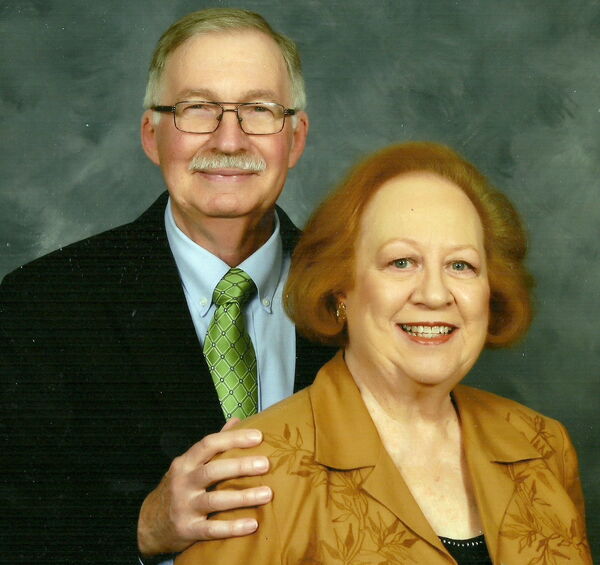
After I got out of the military, I spent 28 years in the architecture profession and was licensed in Georgia and Alabama. After I retired from that, my wife, Susan, and I moved back to her family’s farm in eastern Laurens County, Georgia. We are managing about 65 acres of timber land, which has recently received considerable damage from Hurricane Helene, but God is good through both the good and the bad.
What military associations are you a member of, if any? What specific benefits do you derive from your memberships?
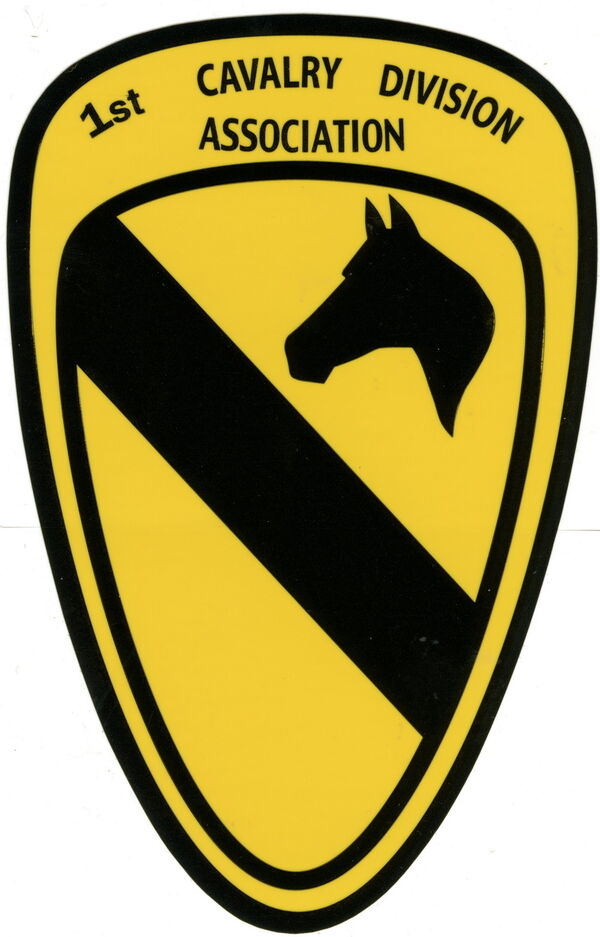
The 1st Cavalry Division Association holds annual reunions, but unfortunately, it won’t allow you to search for the names of other members who may have served with you.
In what ways has serving in the military influenced the way you have approached your life and your career? What do you miss most about your time in the service?
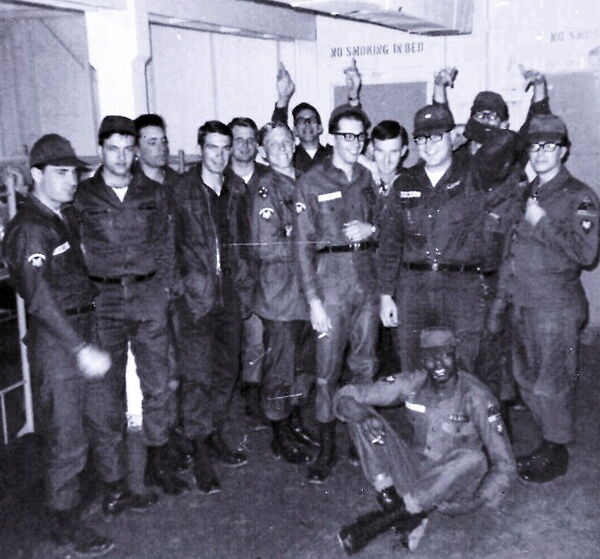
It helped me to develop what I call the “there is no reason rule.” If I am standing around doing nothing, I may say to myself: there is no reason why I can’t make up the bed, pick up the dirty clothes, empty the dish or clothes washer or dryer, or take out the garbage. All of which can make for a happier marriage, or by not standing around and doing nothing at the workplace.
It could help your advancement to find things helpful to do.
The thing I miss from my time in the military would be comradeship from playing sports like volleyball.
Based on your own experiences, what advice would you give to those who have recently joined the Army?
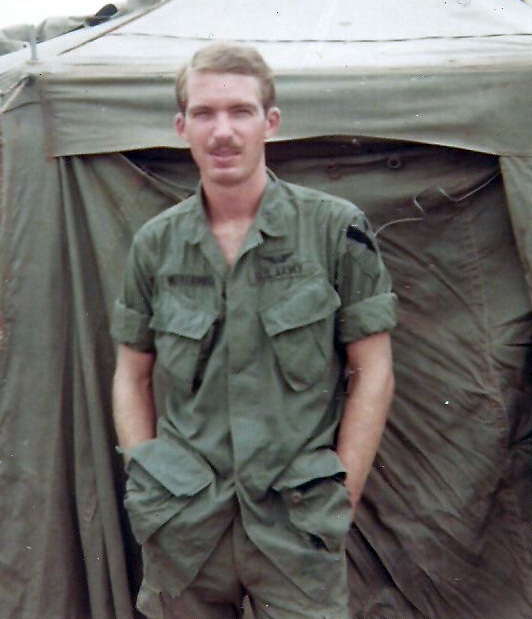
Always give every task your best effort. Always be kind and courteous. Try to help others when you can.
In what ways has TogetherWeServed.com helped you remember your military service and the friends you served with?

TogetherWeServed.com provides veterans with a great methodology for recording experiences and memories. Hopefully, they will feel that what they did in service to their country made a difference in the world.
PRESERVE YOUR OWN SERVICE MEMORIES!
Boot Camp, Units, Combat Operations
Join Togetherweserved.com to Create a Legacy of Your Service
U.S. Marine Corps, U.S. Navy, U.S. Air Force, U.S. Army, U.S. Coast Guard

0 Comments